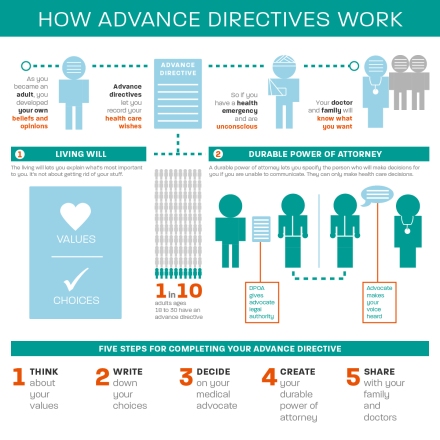Always remember: Don’t allow personal attacks AND don’t personalize remarks. This can be very challenging as everyone’s first response to “personalize” the situation. A key tool in any learning environment is successful and respectful interaction with learners (and the work / team environment too!!!). When communicating (verbally, in writing, or face to face) and corresponding with learners (colleagues) about “heated moments” It is prudent to ‘depersonalize’ the communication /correspondence by not using “you” and “I” but referencing the “issue” and the “course of action or resolution”.
For example if a student email states “You gave me a 69% on the last quiz and I don’t think it was fairly graded.” A response might look something like this: “Thank you for the email inquiry regarding performance on the LP 6 quiz. In review of the quiz, questions 4, 5 and 9 were not thoroughly / accurately addressed. Content focusing on the specific types of elder abuse; who are the most common perpetrators, and the four requirements for reporting elder abuse would have greatly improved performance on the quiz.”
It takes conscious thought and effort to develop this communication philosophy but take it from me ….. it most often does defuse the “heated moment” and directs attention to the issue at hand.
Julie


